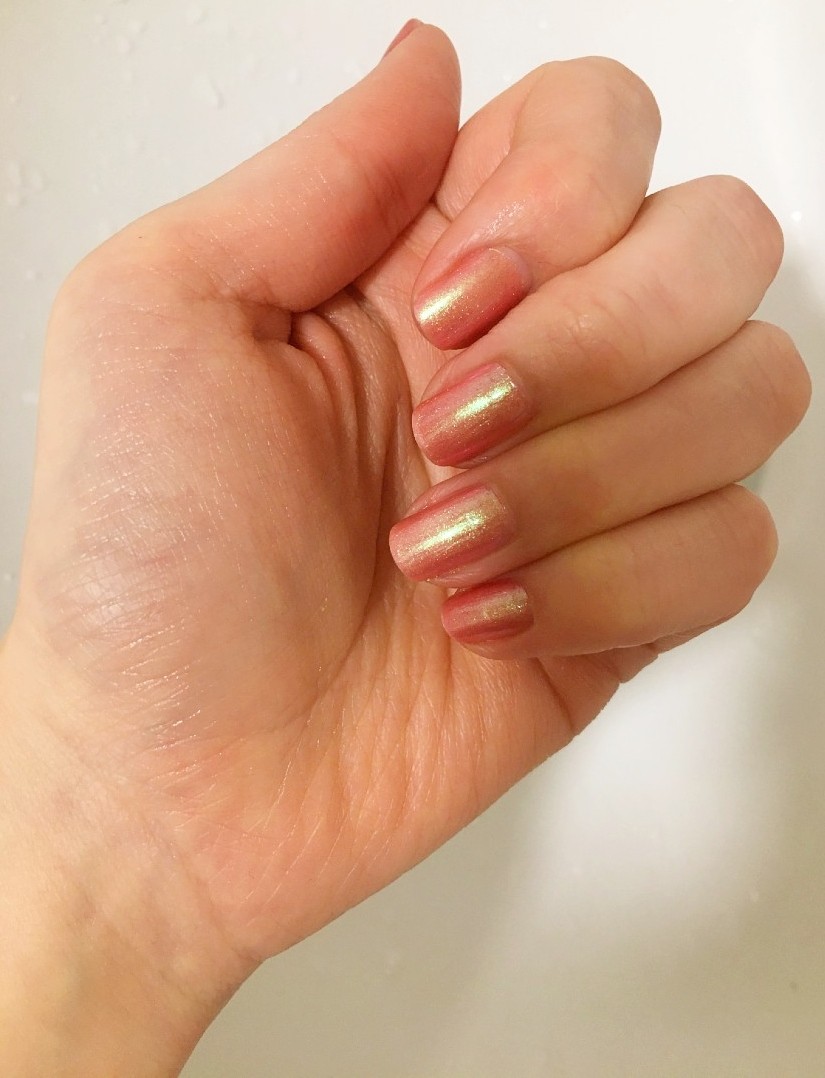Documentaries
This show looks at the current beauty industry, comparing heavyweight giant L'oreal to indie Youtube Guru Marlene Stell of Make Up Geek and fast fashion /make up Colorpop. Colorpop explain that they can produce so many items because they manufacture in house in America, which keeps costs down. They then focus on counterfeit beauty and why it is so dangerous. I was really shocked when a girl described buying a fake Kylie Lip Kit that had superglue in it and ended up sealing her lips together! The reporters interview custom officers and the police about counterfeit beauty products. We are shown the infamous Santee Alley which is jam packed with market stalls selling large batches of high end counterfeit make up. The police do try to shut them down but it's an ongoing operation like the game 'Whack a Mole', new ones always pop up. This was the first documentary I watched on the topic and I found it really educational and fascinating.
Beauty Laid Bare (BBC 3 iplayer/ Some clips available on Youtube)
This documentary follows four twenty-somethings with different attitudes towards makeup. They head to America to reveal the ugly truth behind the glamorous, multi-billion dollar beauty industry. First there's Chloe a makeup artist and influencer from Belfast; Casey, who uses makeup to express his identity as a gay man and Resh from Manchester who uses make up to help her self esteem and use as a coping mechanism after an acid attack. Finally there's Queenie, from London who doesn't really care about the beauty industry and is cynical about all marketing claims.
The three episodes cover Beauty Con, Colorpop and Benefit Cosmetics factory tour, counterfeit products, plastic packaging recycling and the effects on sewage system. They also look at common ingredients such as parabens and talc mines contaminated with asbestos. The most poignant moment was watching the production of candelia wax which uses sulphuric acid in the process. It hits too close to home for Resh when she realises that the ingredient in the creams she uses to treat and camouflage her burns uses the very same acid she was attacked with to produce candelia wax. The workers are not given any protective equipment even though the work is so dangerous. It is a very interesting and eye opening documentary that thoroughly examines the beauty industry- but beware you may never look at cosmetics in the same way again.
Unmasked Make-Up's Big Secret (BBC 3 iplayer/ The Truth About My Make Up Youtube )
What makes our lipstick glossy and foundation smooth? Palm oil. It's used in 70% of beauty products but what is this ingredient doing to our planet? This documentary follows Emmy Burbidge, a beauty salon owner and makeup artist taking a trip to Papa New Guinea to investigate the production of palm oil and their consequences such as deforestation, sustainability and unfair trade practices. Supermarket chain Iceland created an animated Christmas TV advert in 2018 that promoted their own labelled products as being free of palm oil. This advert was controversy banned on TV for criticising the use of palm oil, you can see the advert on Youtube here.
Bargain Beauty A Toxic Gamble ( Facebook)
This documentary is presented by Natalia Jorquera and it investigates counterfeit beauty products in the UK and uncovers why people buy them, citing the pressure social media has. After sending some counterfeit make up to the lab they reveal high levels of toxic ingredients such as lead, paint stripper and faeces (yes you read that right, poo). They interview dermatologist Dr Anjali Mahto, who describes the symptoms that using fake make up can cause including skin rashes, allergies and even chemical burns Additionally some of the metals that have been found in fake products have the potential to cause long term problems with the nervous system and brain. They also interviewed vlogger Maya Gibson who did a video using counterfeit products, when she turned the camera off just 5 minutes later she got an acne flare, spots and part chemical burn on her lips. They also showed examples of genuine and fake products and asked beauty therapy students to tell them apart and found that many of them gave the wrong answer.














